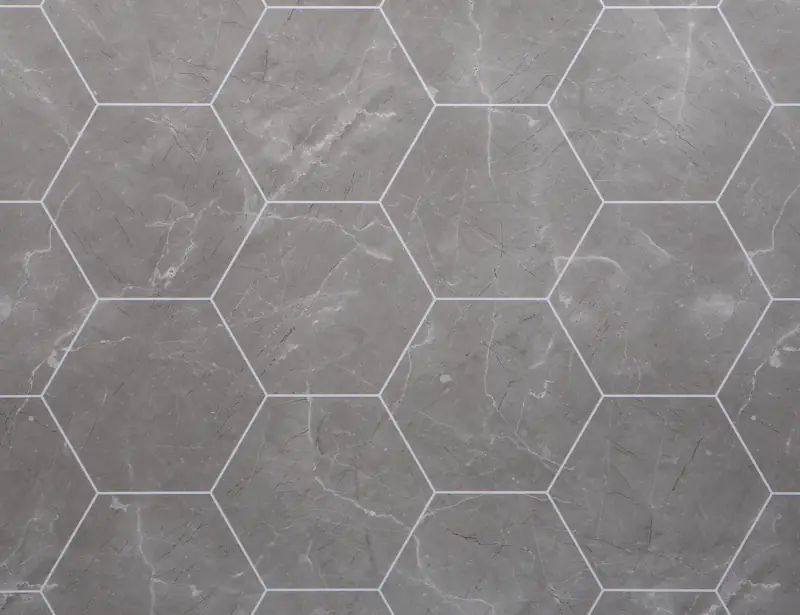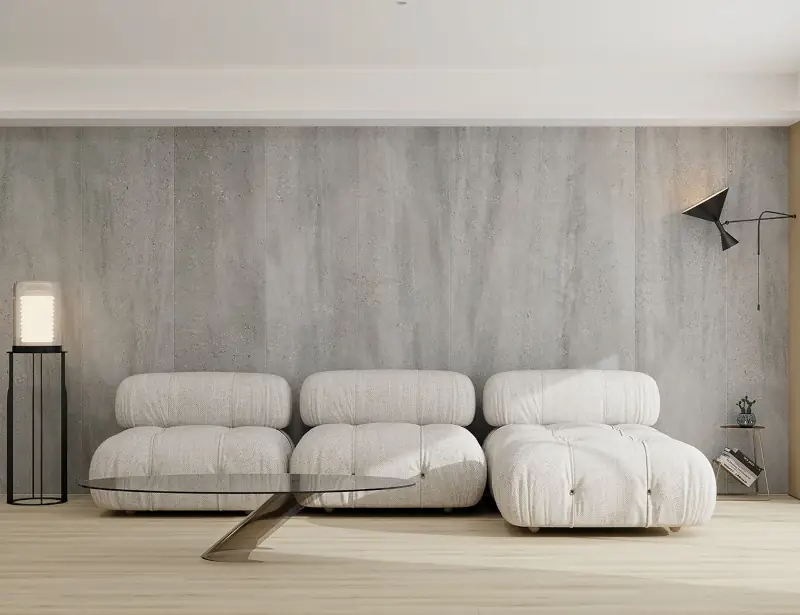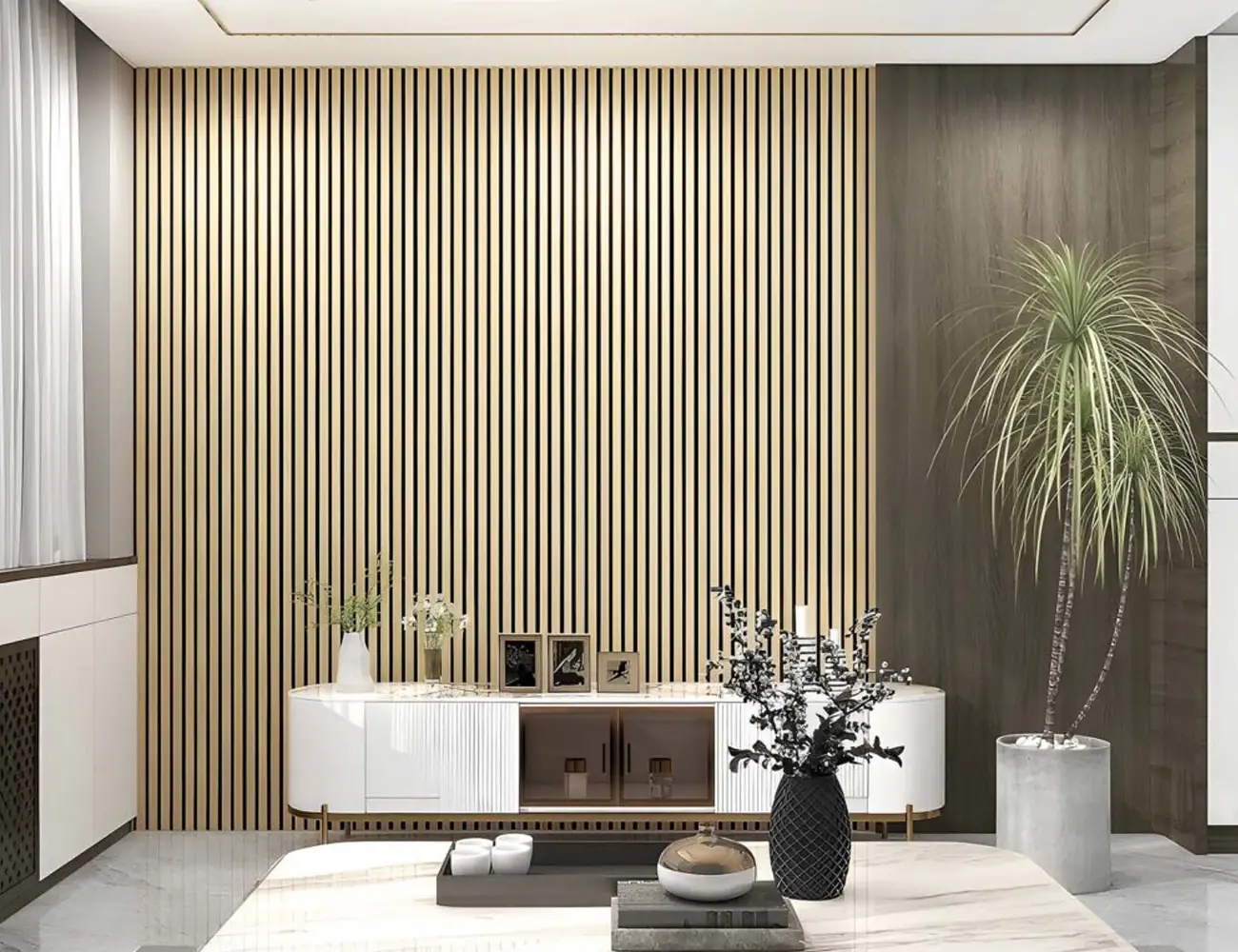How to Install PVC Wall and Ceiling Panels
Installing PVC wall panels might seem like a big task at first, but it’s one of those DIY jobs that’s surprisingly manageable once you get started. We’ve helped hundreds of customers across the UK transform their bathrooms, kitchens, and utility rooms with panels that are simple to fit and easy to maintain.
Whether you’re mounting panels directly to plaster, over existing tiles, or even over painted wallpaper, you don’t need specialist tools or building experience. With the right prep and a steady hand, you can achieve a smooth finish that looks professionally done.
How to Install PVC Wall Panels
Start by measuring your space. It’s best to begin in the most visible corner and work outwards. Make sure you have all your materials to hand before starting: panels, trims, adhesive, a saw or knife, silicone sealant, and a level.
Apply adhesive vertically on the rear of the panels, and press firmly into place. Use a spirit level to keep everything straight. For bathrooms and wet areas, run a thin bead of silicone down each join to protect against moisture.
Materials Needed for PVC Ceiling Installation
For walls and ceilings alike, you’ll need:
- Solvent-free adhesive
- A fine-tooth saw or utility knife
- Tape measure and spirit level
- Corner, end, and joining trims
- Silicone sealant
- Possibly battens or cladding clips (especially for ceilings)
Ceiling Installation Tips
Ceiling installation is much like walls, just horizontal. Take care when working above your head and use proper support until panels are secured.
PVC Panels for Walls: Where They Work Best
We find PVC panels are most popular in bathrooms and wet rooms. That’s because they don’t absorb moisture, don’t need grouting, and can be cleaned quickly with a cloth. They’re also great in kitchens, utility rooms, and even offices where regular paint might discolour.
If you’re wondering about fitting over wallpaper, yes, you can. As long as it’s smooth and firmly stuck down, it makes a fine base. If it’s peeling or textured, remove it and prep the wall underneath instead.
Tips for a Smooth PVC Panel Installation
From experience, acclimatising your panels to the room before fitting helps avoid small shifts or buckling. We also recommend dry-fitting the first two panels before applying glue to be sure everything lines up correctly.
Remember to work slowly when cutting around sockets or pipes. We suggest using masking tape on the panel face to avoid surface scratches during cutting.
Final Advice for PVC Panel Installation Success
The biggest mistakes we see come from rushing. Take your time with the first few panels, and the rest should flow easily. Always start from the most visible point in the room and finish in less noticeable areas, so any trimming or slight gaps are hidden from view.
We’re here to help with product advice and installation questions. Whether you’re planning a complete bathroom makeover or updating a single wall, our PVC panel installation guide should make the process much simpler.






































